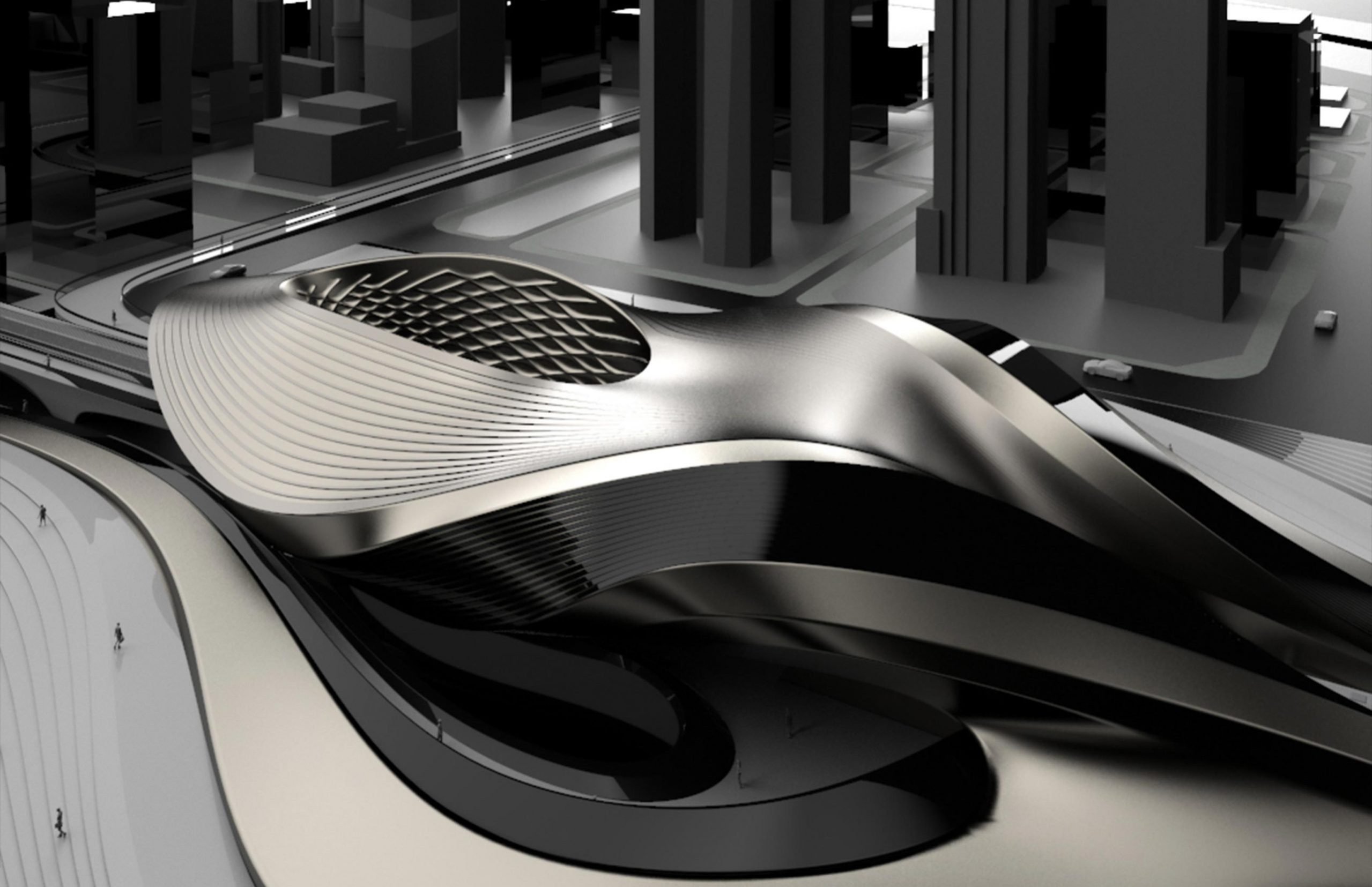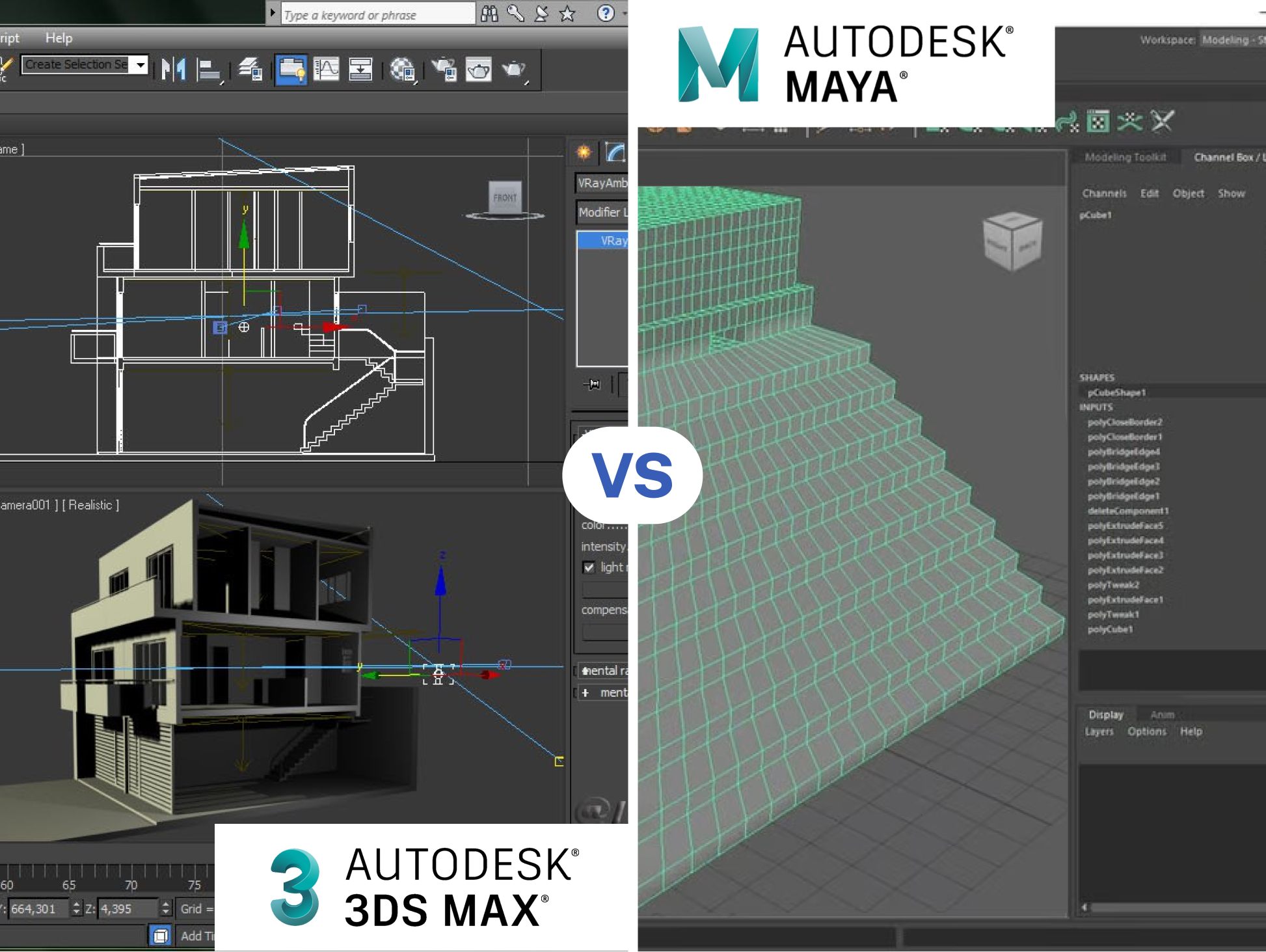10 Fields Using Computational Design Besides Architecture

Table of Contents
Digitalization is reinventing the ways of the modern world. Whether it is scribbling ideas in the computer’s notepad or typing out programming codes- technology is helping shape an efficient tomorrow. By offering limitless creativity and analytics, digitalization empowers people to take calculated risks and ease physical effort. However, digital tools focus only on replicating human tasks and therefore have only as much to offer. With the progress in technology, computational design is emerging as the next big thing.
What Is Computational Design?
Computational design softwares, tools, and applications process data with the help of algorithms and parameters to propose solutions. With the use of computational technology, every input is translated into a computer-coded language for generating models and analytical reports. By entering data, the machine can repeat tasks a desired number of times and generate a favorable outcome.
10 Non-Architectural Design Fields Embracing Computational Design
Every sector of the economy is embracing computational design to make their manufacturing and production process faster and easier. Below are 10 non-architectural fields where computational design is generating applications.
1. Spacecraft

Orbex, an aerospace company located in the United Kingdom, aims to launch its 3D-printed rockets by leveraging digital fabrication. They will be produced using EOS' advanced metal 3D printer sourced from Scotland. Meanwhile, Ursa Major, a young American rocket engine manufacturer, is currently accepting orders for its new Arroway propulsion engine, which is intended to replace the no longer obtainable Russian propulsion systems. The Arroway engine is also made using metal 3D printing technology which is a vertical of computational design.
2. Automobile

Considering the emission of greenhouse gasses from motor vehicles, designing environmentally-friendly vehicles is a significant point of focus for the automobile industry. To fulfill this desire, Urbee is using parametric modeling and computational design to develop a 3D-printed electric car that aims to accomplish a remarkable feat. Presently, the goal is for the car to transport people from New York to San Francisco utilizing only 10 gallons of biofuel. This is made possible by 3D printing the car's body (using Polyjet technology) to be exceptionally lightweight, which is a key factor in achieving this milestone.
3. Furniture

One notable example of computational design in furniture is the Parametric Bench created by Oleg Soroko. In this project, Soroko leverages parametric modelling and computational geometry to design benches and chairs with fluid and organic shapes.
The Parametric Bench goes beyond traditional furniture design by incorporating advanced computational techniques. Soroko uses algorithms and parameters to generate intricate and unique forms that are visually appealing and demonstrate the versatility of computational design in shaping unconventional and non-linear structures. Soroko strategically constructs the furniture using plywood sections, which are connected with iron rods and mounting bolts. This approach contributes to the aesthetic appeal of the pieces and also considers affordability and simplicity in production, making computational design accessible in the realm of functional art.
4. Art

The Italian pavilion at the World Expo 2020 in Dubai created a replica of Michelangelo's David using 3D technology. This computational design project was a collaboration between the engineering department of the University of Florence and the Swedish hexagonal industrial group. The 3D-printed statue, which depicts the biblical character David as he prepares to fight Goliath, is the same height as the original at over 5 meters. To accurately digitize the work, thousands of scans were needed. The statue was printed in 14 pieces using acrylic resin and then assembled by art restorers using glue and marble dust.
5. Jewelry

Digimorphé has created one-of-a-kind jewelry by combining computational design and digital fabrication techniques with traditional craftsmanship. In a current research project, the ZHAW ZPP and Digimorphé have been focusing on lattice structures and the optical appearance of surfaces produced through laser powder bed fusion (PBF-LB/M) in Ti6Al4V. They also evaluated different post-processing techniques and their impact on surface texture.
Using a generative design software solution based on implicit modeling as a design pattern tool for form finding and generation allowed them to create structures and explore new design languages that can only be achieved through additive manufacturing. The project highlighted the potential for the jewelry industry and beyond, by investigating new paths that combine digital design, additive manufacturing, and surface finishing methodologies.
6. Fashion

Oleg Soroko in association with Minstev Kirill worked together in fashion and parametric design to create Dragonfly, a 3D-printed dress. The dress is composed of two parts: the upper is solid geometry and the lower is designed as chainmail. The design concept behind this dress is to make it both simple and complex. The complexity showcases the potential of 3D printing in the fashion industry, as it allows for the creation of costumes that are both comfortable and visually striking. By using 3D printing, the designers were able to incorporate parametric patterns that would be difficult to achieve with traditional methods.
7. Product

The Cryptide Sneaker is an exemplary computational design and is the creation of Stephan Henrich for Sintratec. A German architect has designed this pair of fully 3D printed shoes made using a flexible TPE material and laser sintered using a Sintratec S2 System 3D printer. The notable feature of the shoes is their sole that has an open design, made possible by using Selective Laser Sintering (SLS) and Sintratec TPE elastomer. SLS is an additive manufacturing technique that uses a laser to fuse particles into a solid 3D structure. The designer and Sintratec worked together to bring the sneaker design to life.
8. Metaverse

Nike is exploring the world of virtual reality, by filing trademark applications for "virtual goods" through computational design. In October 2021, the company created virtual goods for both downloads and use in virtual environments. Soon after, it launched "Nikeland" a virtual space on Roblox where users can participate in sports and style their avatars with Nike gear.
Learn more about: Top 6 Verticals of Computational Design Every Architect Must Know (2025)
9. Healthcare

Robotics - an essential vertical of computational design is finding wide application in the healthcare domain. Surgical-assistant robots, controlled by remotes are helping surgeons in carrying out procedures, particularly those that are minimally invasive. More uses for these robots are being explored as new 3DHD technology provides surgeons with the spatial references required for more complex surgeries, such as enhanced natural stereo visualization and augmented reality.
10. Gaming
![]()
LVMH, a French luxury group, has appointed a metaverse ambassador to showcase its brand innovations at the 2022 Viva Technology conference. One of its well-known brands, Louis Vuitton, has also developed a standalone mobile game in which players can style their avatars with Louis Vuitton-inspired clothing and earn NFT rewards.
In Conclusion
Computational design offers the ability to think beyond conventional norms. It can help in developing prototypical solutions that can be replicated to address cost-effective mass production challenges. This can help significantly bring down the cost of manufacturing while making it error-free.
You can become an expert in computational design through Novatr’s Master Computational Design Course. Understand computational theory, master advanced tools, and industry workflows, build your specialisation and graduate with a professional certification by enrolling in this course. You’ll learn through interactive live sessions with an international panel of experts from top-tier firms who serve as your mentors. Novatr also provides career guidance and placement support to help all participants secure the best job opportunities.
If you want to explore more insights on how computational design is changing the architectural landscape, visit our Resource page.

 Thanks for connecting!
Thanks for connecting!



/827x550/images/blog/blogHero/P005_SC_ComputationalvsParametric_0222_Image01.jpg)

.png)

-1.jpg)
-1.png)



